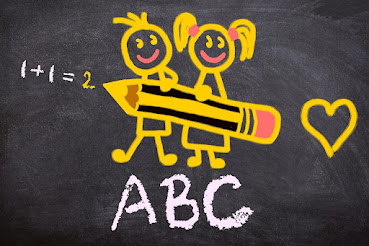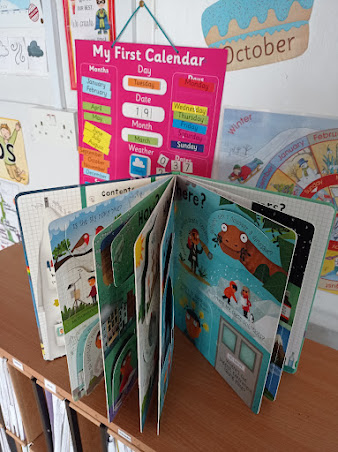Navigating the World of Homeschooling: Top Websites for Educational Resources

With the rise of homeschooling as a popular educational choice for families worldwide, the demand for high-quality online resources has never been greater. Whether you're a seasoned homeschooling parent or just starting your journey, having access to reliable and engaging educational materials is essential for fostering a successful learning environment. In this blog post, we'll explore some of the best homeschooling websites that offer a wealth of resources across various subjects and grade levels. Khan Academy ( www.khanacademy.org ): Khan Academy is a renowned non profit organisation that provides free educational resources covering a wide range of subjects, including maths, science, history, and more. With its interactive lessons, instructional videos, and personalised learning tools, Khan Academy is an invaluable resource for homeschooling families . The platform also offers progress tracking and assessment features, allowing parents to monitor their child's acade...






